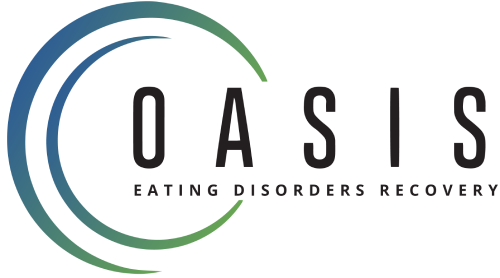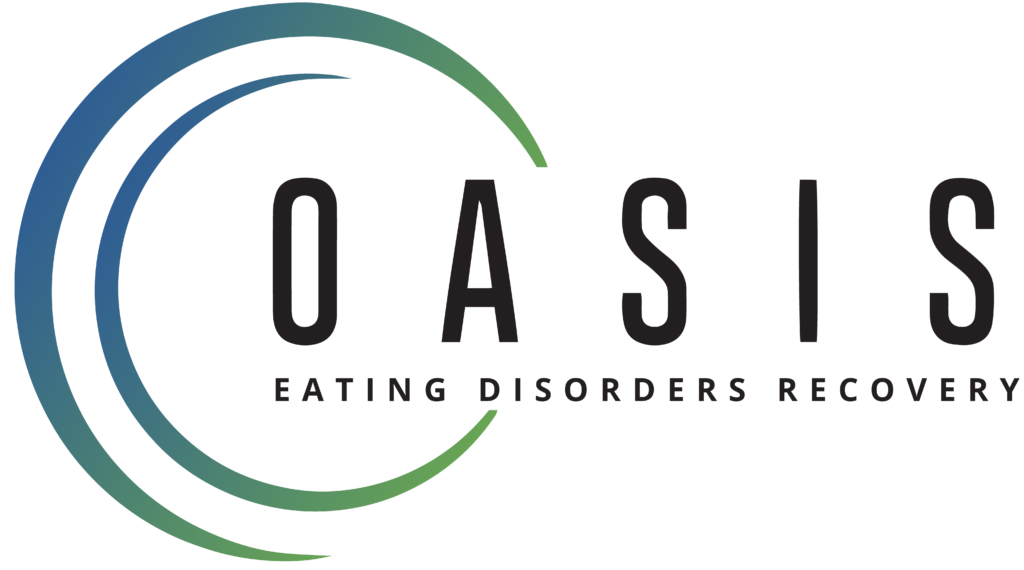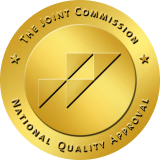Choose Facility
Don’t Believe These Myths About Eating Disorders
It’s estimated that there are 10,200 deaths each year as a result of eating disorders. Unfortunately, there are many myths about eating disorders that perpetuate stigmas around eating disorders and make it harder for people to receive the necessary help for their condition. As a result, most people with eating disorders never get properly diagnosed, and only a small percentage ever receive treatment. In this article, we will explore and debunk some of the most common myths about eating disorders.
Myth #1: Eating disorders are a choice.
One of the most prevalent myths about eating disorders is that they result from a conscious choice. This is particularly dangerous because it causes family and friends to hesitate to offer love, support, and understanding to the person with the eating disorder. This lack of support, combined with the feeling of helplessness that accompanies conditions like anorexia and bulimia, can be a dangerous combination for people struggling to break free of an eating disorder.
Eating disorders are not the result of poor willpower or vanity, but are severe psychological and behavioral issues that require medical attention from professional therapists and counselors. People with an eating disorder often feel trapped and helpless. The feeling of helplessness makes it challenging and sometimes impossible for people to overcome their eating disorder. That’s why it’s essential for friends and family to offer love, support, and understanding.
Treatments for eating disorders vary based on the needs of the patient. Inpatient treatment includes intensive, 24-hour treatment in a hospital setting for individuals with severe eating disorders requiring medical stabilization or supervision. For those with less intensive needs, a partial hospitalization program (PHP) can provide a structured, day treatment program providing medical monitoring, therapy, and support while allowing patients to return home at night. Those with eating disorders can also be treated with an intensive outpatient program (IOP) which provides therapeutic services and support for several hours per day and is designed to transition individuals back into their daily life.
Myth #2: Eating disorders are about vanity
Labeling eating disorder sufferers as vain or beauty-obsessed makes it more difficult for these individuals to openly discuss their struggles and seek help. This kind of stigma can also lead to feelings of shame, guilt, and isolation, which only exacerbates their condition. In reality, an eating disorder is an unhealthy and dangerous way to cope with emotional pain, trauma, or distress. People with eating disorders often have underlying psychological issues that drive their behaviors, such as low self-esteem, anxiety, depression, trauma, or a need for control. These underlying issues are what need to be addressed in order for individuals to heal and recover from their eating disorder.
Different types of psychotherapy can help address the psychological issues underlying eating disorders. Cognitive-behavioral therapy (CBT) focuses on identifying and changing maladaptive thoughts and behaviors related to food, weight, and body image. Family-based therapy (FBT) involves the family in treatment to provide support and help establish healthy eating patterns.
Treatment can also include nutritional counseling, in which a registered dietitian or nutritionist provides guidance on developing balanced meal plans and addresses disordered eating patterns. The goal of an eating disorder treatment program is to help people with eating disorders make healthier food choices, establish a more positive relationship with food, and address underlying psychological and emotional issues.
Myth #3: Eating disorders aren’t restricted to a particular demographic
Eating disorders, often portrayed as illnesses affecting young, white, affluent women, are far more complex and all-encompassing than this stereotype suggests. These serious mental health conditions can impact anyone, regardless of age, ethnicity, race, gender, or sex. While it’s true that certain groups, like adolescent girls and young women, may have a higher prevalence of eating disorders, it’s essential to recognize that these illnesses can and do affect people from all walks of life.
Why is it so critical to correct this particular myth about eating disorders? Well, challenging this stereotype allows families and professionals to recognize the signs and symptoms of eating disorders in children or loved ones early and obtain the necessary treatment.
Myth #4: Recovery from eating disorders is simply about eating more or less food
This myth is a dangerous view of eating disorders because it oversimplifies the complex nature of eating disorders. If the focus is solely on changing food intake, the psychological aspects of the disorder, such as negative thought patterns, emotions, and behaviors, remain unaddressed. Additionally, focusing only on food intake can increase the risk of relapse in those with eating disorders since the underlying issues contributing to the disorder are not addressed. Instead of treating eating disorders with more or less food intake, a nutritionist, behavioral therapist, and support group can correct maladaptive eating behaviors and address underlying emotional and psychological factors.
Myth #5: You can identify someone with an eating disorder by their appearance
As the saying goes, “Don’t just a book by its cover.” Eating disorders come in different forms, including anorexia nervosa, bulimia nervosa, binge eating disorder, and avoidant restrictive food intake disorder (ARFID), and others. Each of these disorders has its own set of symptoms and diagnostic criteria. Contrary to popular belief, people with eating disorders do not all look the same. While anorexia nervosa is often associated with extreme weight loss and undernourishment, not all individuals with anorexia nervosa are underweight. In fact, some individuals with anorexia nervosa may be of a normal weight or even overweight. Similarly, individuals with bulimia nervosa and binge eating disorder can be of any weight.
It is important to remember that eating disorders are mental health disorders that go beyond physical appearance. It is also important to note that individuals with eating disorders may go to great lengths to conceal their symptoms, so it is not always possible to tell who has an eating disorder just by looking at them.
If you need help with eating disorders, contact our office today!
At Oasis, we prioritize a multi-disciplinary approach that addresses the complex nature of eating disorders, fostering a healing environment that nurtures a healthy relationship with food, self-image, and overall well-being. Our compassionate and dedicated team of professionals offers personalized treatment programs for children, teens, and adults, ensuring that each individual receives the care and support they need on their journey to recovery. Contact Oasis Eating Disorders Recovery today and take the first step towards healing and empowerment.
All Rights Reserved © by Oasis Eating Recovery Center | Website Sitemap | Privacy Policy | Billing Policy



